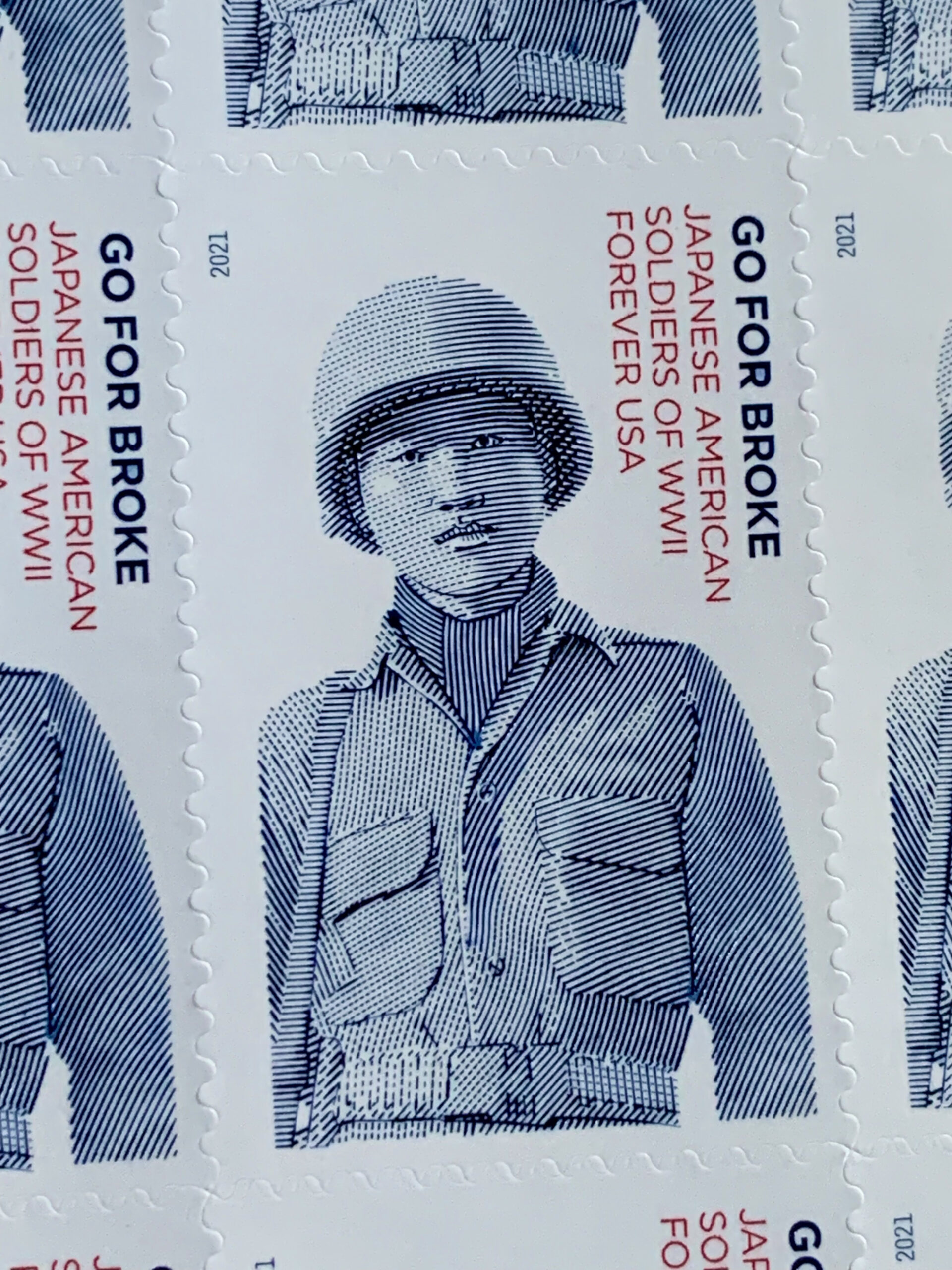
We believe that the story of the Japanese American soldiers of World War II is worthy of a US commemorative postage stamp. After 16 years of campaigning for this postal honor, the stamp was finally issued on June 3rd, 2021.
We also believe that other stories, such as the Navajo Code Talkers of World War II, are equally deserving of postal commemoration.
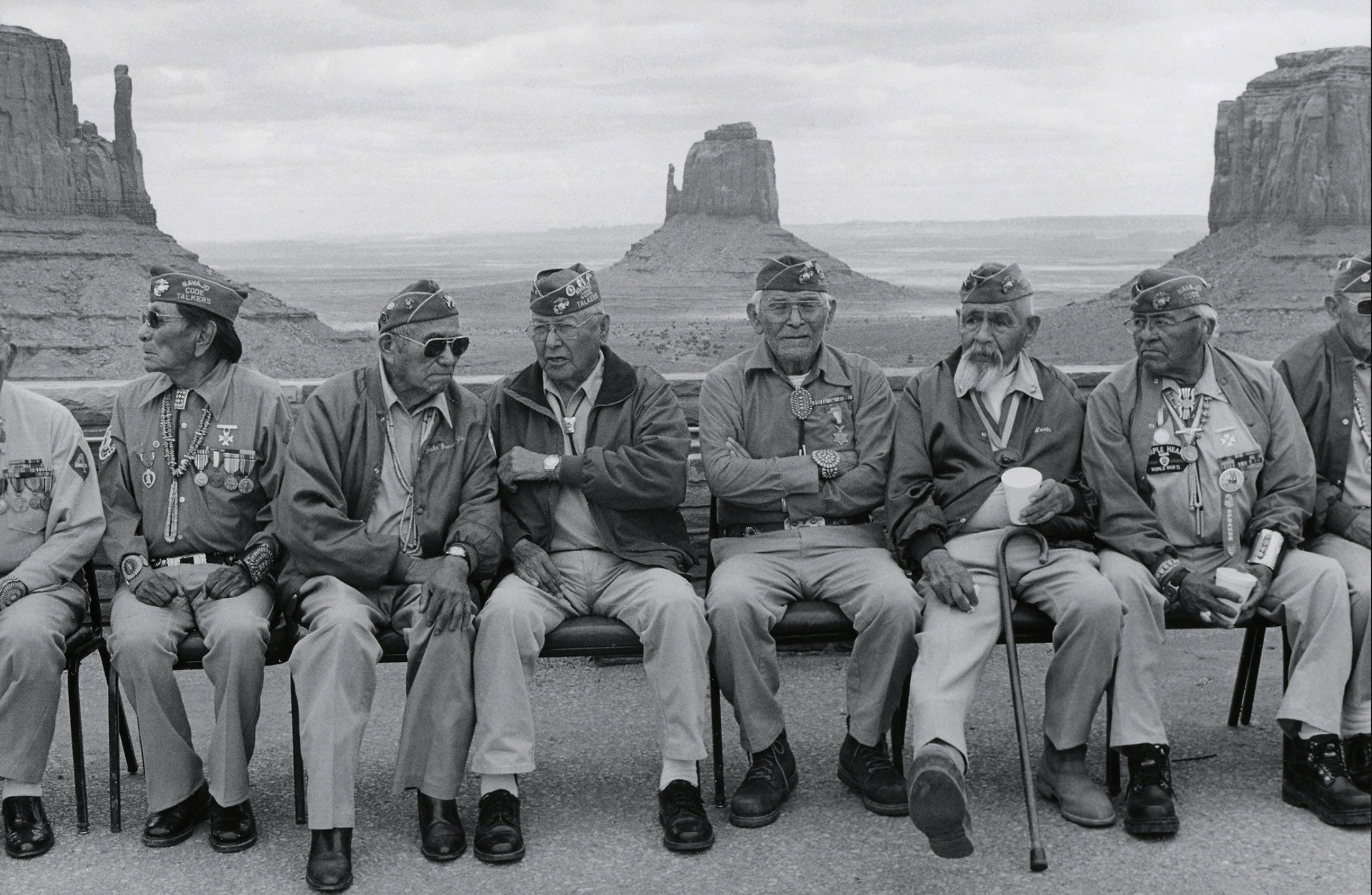
We support the community’s effort to get a stamp that would honor the American legacy of the Navajo Code Talkers. Click here for more information on this effort.
The Go For Broke Soldiers Forever postage stamp is one small step toward honoring the proud, diverse history of our Armed Forces, and of our nation as a whole.
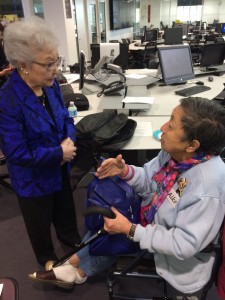
The grassroots campaign in support of this stamp was started in 2005 by three Japanese American women from California: the late Fusa Takahashi, the late Aiko O. King, and the late Chiz Ohira. Ms. Takahashi and Ms. Ohira are widows of Go For Broke World War II veterans: the late Kazuo Takahashi (Military Intelligence Service), and the late Ted “Bull Dog” Ohira (100th/442nd RCT, H Co.). Click here to watch an interview with the late Ted Ohira.
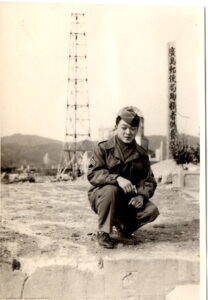
All three women were in the Japanese American incarceration camps during the war. Ms. Takahashi and Ms. King were both at Amache, Colorado, and Ms. Ohira was at Poston, Arizona.
They joined with friends and family from across the nation and in France to help secure this little stamp for a big cause.
After just four years of campaigning, they received impressive support. What started out as letters to the Postal Service and to the President, they began circulating petitions among the people they knew. Family members and friends spread the word. They set up tables at events, and in front of stores, asking people to sign. They quickly received over 10,000 handwritten signatures before sending them to the Postal Service. An additional 10,000 were added through an online petition. Prominent organizations backed them. Seven states passed resolutions in support of their cause. Congress members sent letters of support.
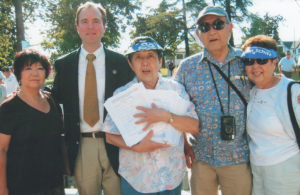
Yet, despite all of the widespread support, they ran into an internal policy within the Postal Service that prohibits new stamps from honoring specific military units. The Postal Service told them about this policy in 2009. Due to the overwhelming level of support for the stamp, the USPS even set up a special sub-committee to review the policy, but decided to keep it in place. The argument was that it is too difficult to judge units, and there are potentially too many units to review.
The founders and their supporters refused to give up. They continued to campaign, and even looked to alternative subject proposals that they thought might be more acceptable to the USPS.
The Postal Service meets to decide on stamps it will issue but strictly prohibits the public from participating. The Postmaster General, who has the final say in what stamps are issued, gathers a group of advisors called the Citizens Stamp Advisory Committee (CSAC), which meets behind closed doors quarterly to review proposals, which are considered without attribution of who submitted them. The public not only cannot attend meetings, but the committee members are prohibited from talking about subjects to the public. This caused much consternation for the campaign as members struggled to figure out what might be acceptable to the Postmaster General and CSAC.
Stamp Our Story on the radio!
During this period, Southern California Public Radio (KPCC, 89.3 FM) did a radio story about the stamp effort. The story was part of the Off-Ramp program, which aired May 9, 2009. Hear the late 442nd Nisei veteran Tets Asato talk about his experiences during the show’s introduction at the 1:20 minute mark. The late 442nd Nisei veteran Don Seki can also be heard. The main story is five minutes long and begins at the 27:41 minute mark. Hear our own Stamp Our Story co-founder, the late Chiz Ohira, in this segment. The story also includes a short interview with USPS Executive Director of Stamp Services, David Failor.
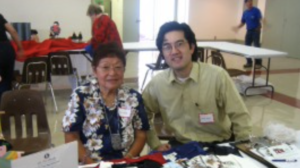
Ms. Ohira, pictured above, joined Ms. Takahashi and Ms. King in 2005 to set up and grow the campaign. She was married to legendary 442nd RCT veteran Ted Ohira of Makaweli, Kauai, with whom she volunteered weekly in community and veterans groups, such as the Go For Broke National Education Center (GFBNEC). She and Ted were among the early members to establish the Center, whose mission is to teach the public about the men and women of Japanese heritage who served during World War II. Chiz worked hard to build the Stamp Our Story campaign by growing it among family and friends at the Center, and among all the veterans groups they knew.
In 2006, Ms. Ohira met Wayne Osako, a Sansei (third generation Japanese American) from Garden Grove, California when he was working as an educational consultant for the Center training local teachers about the Nisei soldiers story. She shared about the stamp campaign to him, and Mr. Osako was immediately eager to join their cause. Both of his parents were confined in incarceration camps during World War II as children, and he has a number of relatives who served in the 100th/442nd RCT, MIS, and WAC. One of his relatives, Pfc. George S. Sameshima (100th/442nd RCT, G. Co.) who had enlisted from the Topaz, Utah detention camp, was killed in action on July 6th, 1944, fighting for Hill 140. Mr. Osako would work to coordinate and lead nationwide efforts to back the stamp, and co-chair the Stamp Our Story Committee for many years with the late Fusa Takahashi.
Mr. Osako now serves as chair of Stamp Our Story.
Many years passed without word from the Postal Service as to the progress of the stamp proposal. Ms. Ohira passed away during the campaign in 2018. The Postal Service said that they have an internal guideline that prohibited such military stamps as a Go For Broke Soldiers Stamp. Despite this guideline, the Stamp Our Story Committee held fast that this stamp subject is still worthy of commemoration, and kept going with the stamp campaign. Lawmakers across the nation continued to announce public support for this stamp subject.
Then, on November 17, 2020, welcome news came for Stamp Our Story. The U.S. Postal Service announced that a Go For Broke Soldiers commemorative postage stamp was issued in 2021.
Due to the tireless efforts of the founders, their families, friends, and all of the campaign supporters, the stamp was finally issued. Ms. Takahashi and Ms. Ogata King were able to see the stamp become a reality and participate in stamp dedication events in California. These lifelong friends both passed away in 2022, within months of each other.
***
A Short Interview with Fusa…
Below is a brief interview with campaign founder Fusa Takahashi, conducted on November 19th, 2020:
What was your initial reaction to the Go For Broke Soldiers stamp announcement by the Postal Service? I was thrilled and amazed! So unbelievable it took fifteen years.
Why is this stamp so important? This stamp is important because it is universal and tangible. It is one way to make the public aware of what these Nisei did in regard to their valor and bravery on the battlefields of Europe and the Pacific.
Why did you start the stamp campaign? The idea of getting a stamp issued was started on the steps of the Japanese American Museum in Los Angeles. After seeing an exhibition on the Nisei Soldiers and their accomplishments with Aiko, we started this idea of trying to get a stamp issued to commemorate the deeds accomplished in World War 2. We felt we needed some way for the public to know more about these young men who volunteered or were drafted from behind barbed wire and had their freedom taken away, and yet they fought with such bravery and valor.
Any additional comments you’d like to share? I hope with the issuance of this stamp we will be able to make the general public aware of what the Nisei Soldiers have accomplished and will help dispel the discrimination many Asian Americans are facing.
What advice do you have for the younger generations learning about this new stamp? Always be proud of your heritage – as Nisei, it’s what our parents taught us that made these soldiers give their best.
Note: Nisei is the term to describe American citizens whose parents immigrated to the US from Japan.
***
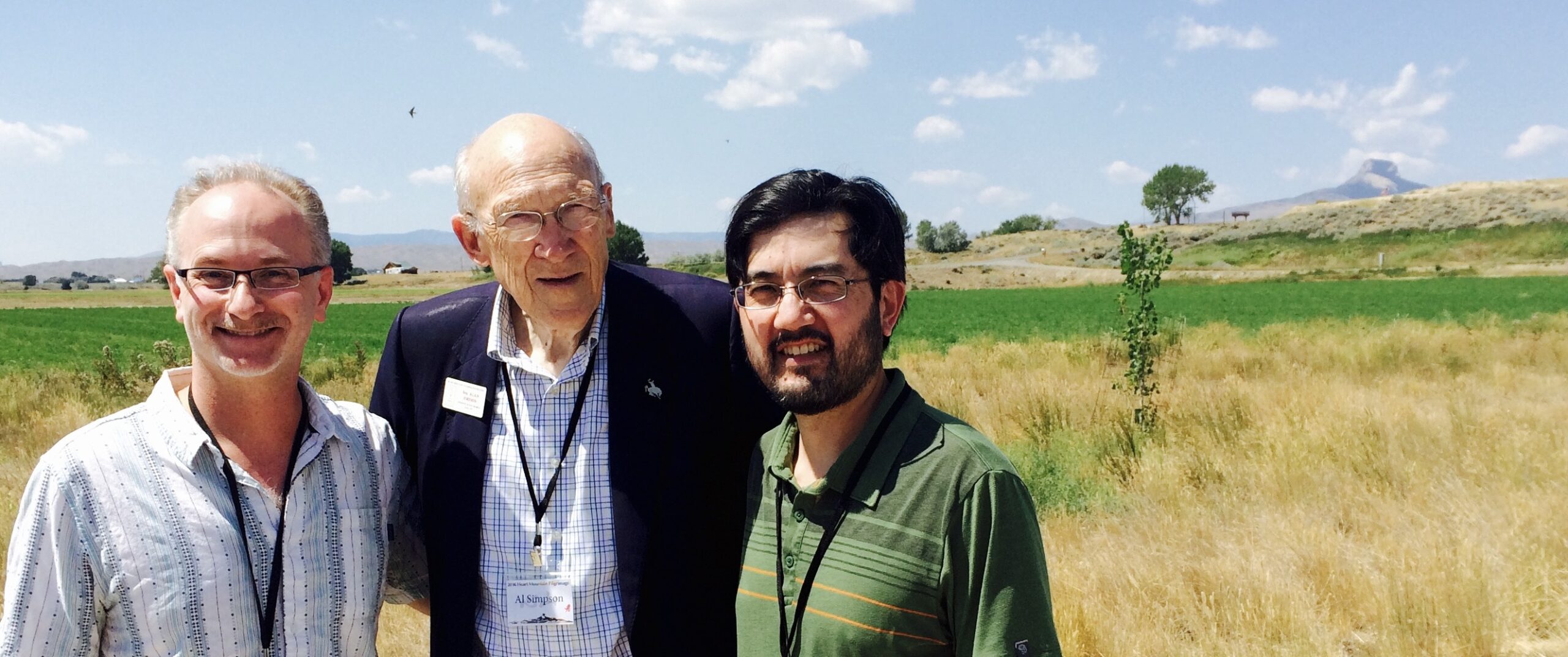
We would also like to recognize the vital help from our sister campaign, They Deserve A Stamp. Led by Emmy Award-winning film producer/educator Jeff MacIntyre, they helped generate important support in recent years to help the Stamp Our Story campaign. Thank you, Jeff!
The connection began when Stamp Our Story co-founder Aiko O. King, Ms. Betty Katsura, Ms. Anne Chilcott, and friends from the Ventura JACL asked Mr. MacIntyre if he would like to join the stamp campaign. The event was a screening of one of his documentary films, “Witness: The Legacy of Heart Mountain,” in Camarillo, California in the summer of 2015. Inspired by their message, Mr. MacIntyre started They Deserve A Stamp. He helped grow the campaign among his large network of family, friends, and colleagues, which was a huge boost for the stamp effort.
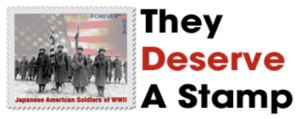
To read more about the Stamp Our Story campaign, here are links to a few online stories:
Hawaii News Now, April 6th, 2021
These Heroic ‘Honorary Texans’ Are Now Being Recognized With A Stamp
https://www.khon2.com/local-news/hawaii-nisei-soldier-is-the-face-of-the-new-usps-forever-stamp/
KHON2 Honolulu, November 21, 2020
NBC Asian America, December 7, 2020
Pacific Citizen Newspaper, January 2016
Los Angeles Times, December 2007
Honolulu Star Bulletin, September 2007
